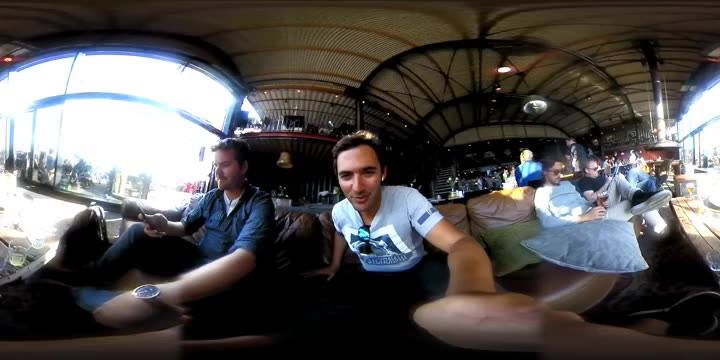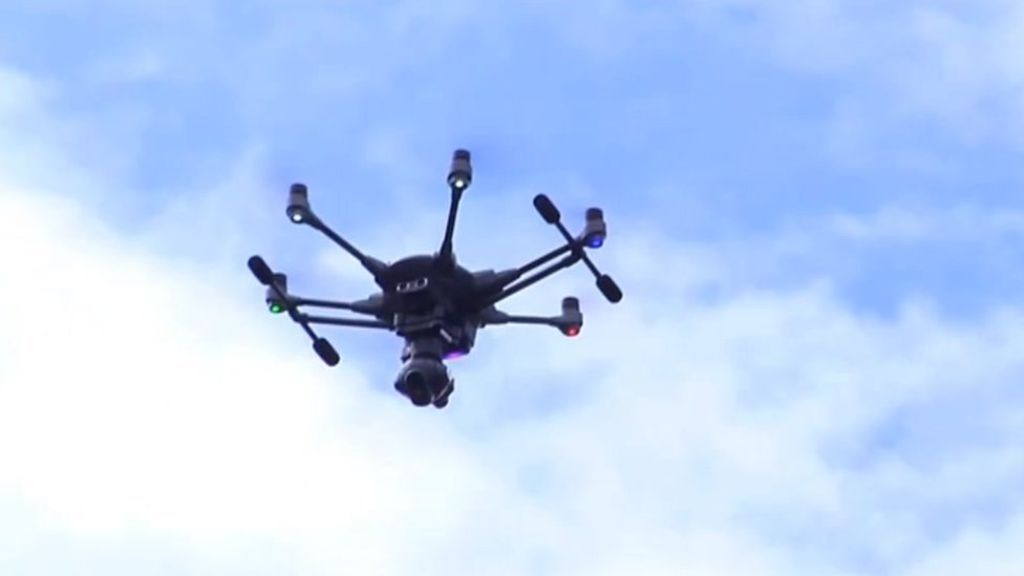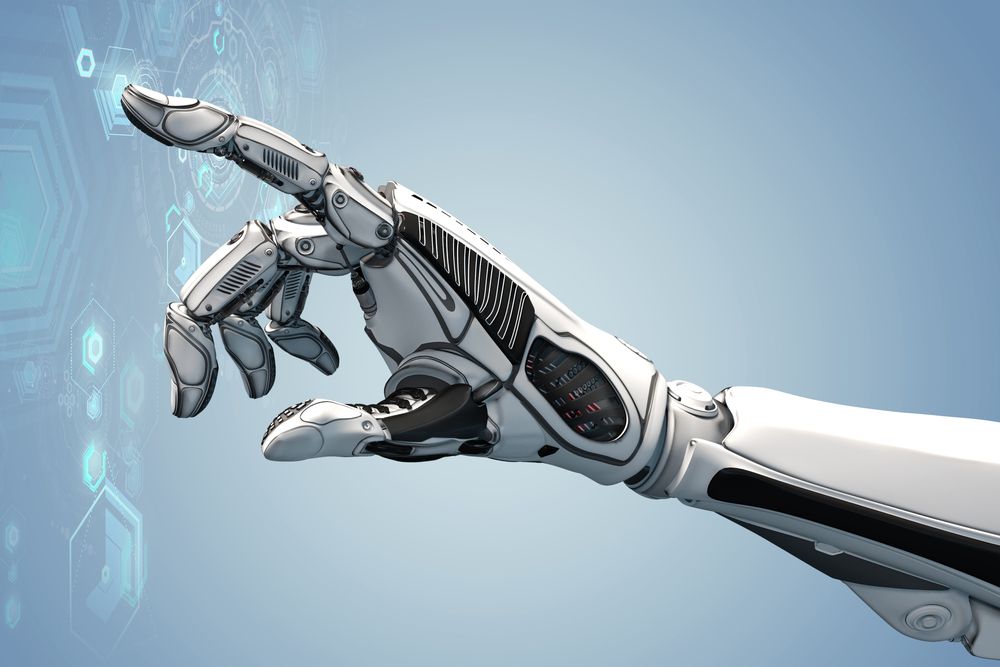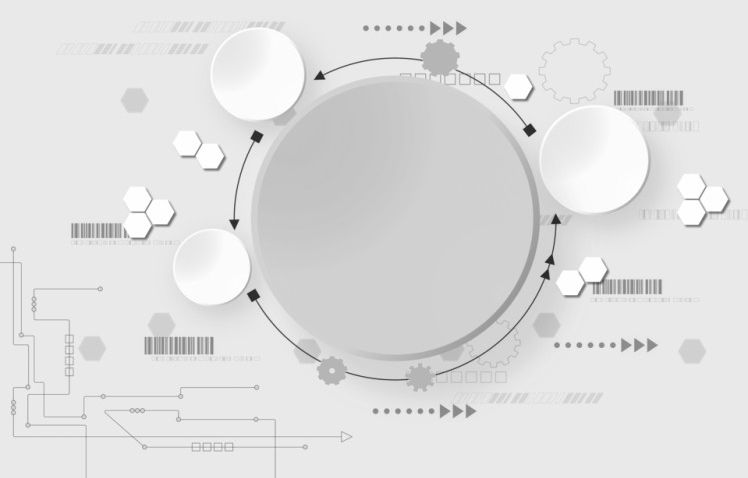“Google is set to give its artificial intelligence-based voice assistant, Google Assistant, a more robust personality.”
Get the latest international news and world events from around the world.


Diamonds coupled using quantum physics
Atomic defects in diamonds can be used as quantum memories. Researchers at TU Wien for the first time have succeeded in coupling the defects in various diamonds using quantum physics.
Diamonds with minute flaws could play a crucial role in the future of quantum technology. For some time now, researchers at TU Wien have been studying the quantum properties of such diamonds, but only now have they succeeded in coupling the specific defects in two such diamonds with one another. This is an important prerequisite for the development of new applications, such as highly sensitive sensors and switches for quantum computers. The results of the research will now be published in the journal Physical Review Letters (“Coherent Coupling of Remote Spin Ensembles via a Cavity Bus”).

Billionaire investor to accelerate research in artificial intelligence in healthcare
Interest in rejuvenation biotechnology is growing rapidly and attracting investors.
- Jim Mellon has made an investment in Insilico Medicine to enable the company to validate the many molecules discovered using deep learning and launch multi-modal biomarkers of human aging
Monday, April 10, 2017, Baltimore, MD — Insilico Medicine, Inc, a big data analytics company applying deep learning techniques to drug discovery, biomarker development, and aging research today announced that it has closed an investment from the billionaire biotechnology investor Jim Mellon. Proceeds will be used to perform pre-clinical validation of multiple lead molecules developed using Insilico Medicine’s drug discovery pipelines and to advance research in deep learned biomarkers of aging and disease.
“Unlike many wealthy business people who rely entirely on their advisors to support their investment in biotechnology, Jim Mellon has spent a substantial amount of time familiarizing himself with recent developments in biogerontology. He does not just come in with the funding, but brings in expert knowledge and a network of biotechnology and pharmaceutical executives, who work very quickly and focus on the commercialization potential. We are thrilled to have Mr. Mellon as one of our investors and business partners”, said Alex Zhavoronkov, PhD, founder, and CEO of Insilico Medicine, Inc.
Old generations should step down in favour of the new ones
Dismantling the idea that older generations should ‘step down’ for younger ones.
Humans are really pros at sugarcoating. If you say old people should step down for the sake of new generations, it sounds so noble and rightful, doesn’t it? What it actually means, though, is ‘We value old people less than new ones,’ and this doesn’t sound very noble or rightful. This is plain and brutal survival of the species.
Kids are (generally) cute and helpless. This is what triggers our instinct to protect them, even thought it is not the reason we do it. A species relying on reproduction to ensure its existence wouldn’t last long if it didn’t care for its children. Even if we had already developed comprehensive rejuvenation therapies, we would still be mortals; if we stopped reproducing altogether and forever, we would still risk extinction, although on a very long timescale. (In other words, we could still die one by one of other causes than ageing.) It’s the reason children are important (to us and other species): They’re potential means of reproduction. Additionally, they need special attention, because they’re not able to take care of themselves and are thus more at risk of dying before they can reproduce. That’s why most species on the planet make such a big deal out of protecting their offspring—species that don’t are less likely to stick around long enough to tell the tale.
Individuals who are no longer kids but still are fertile are still important for reproduction purposes, but require less attention from others and from society, because they can look after themselves. Individuals who can no longer reproduce, or who wouldn’t be able to take care of their offspring even if they could have any (mainly elderly adults), have zero importance in this sense, because they use up resources of society without contributing to the survival of society itself. They’ve (assumably) already contributed to the perpetuation of the species, and now that they no longer can, they’re just a burden. Thus, from the cynical point of view of the survival of the species, it makes zero sense to dedicate any resources to the care of the elderly. As a matter of fact, besides humans, there aren’t many examples of species whose younger members look after the elderly of the family.



Artificial intelligence and drones ‘future of policing’
Artificial intelligence and drones will be key policing tools in the future amid budget and job cuts, Gwent Police’s chief constable has said.
Jeff Farrar said he foresees every police vehicle carrying a drone in the years to come and for more computers to do jobs “that do not involve emotion”.
Gwent has had £50m of funding cuts and still needs to make £9m of savings. It has also lost 300 officers since 2011.

Deep Learning Technologies Breaking Through to the Enterprise
Science fiction has always provided an outlet where we can let our imaginations run wild about the possibilities of technological advances. Not long ago, science fiction concepts like self-aware robots, autonomous cars, or 3D printers may have been unimaginable, but we’re watching many of these things come to life before our eyes in the digital age.
Deep learning was previously a technology that seemed straight from the plot of the latest blockbuster, yet these days it’s no longer fiction and is proliferating across real-life applications. Deep learning, which falls under the umbrella of technologies known as artificial intelligence (AI), teaches machines to mimic the thought and decision-making processes of the human brain. Computers are trained using extremely large historical datasets to help them adapt and learn from prior experience, identify anomalous patterns in large datasets, and improve predictive analysis.
These techniques are becoming so popular that Gartner recently named AI and Advanced Machine Learning (which includes technologies such as deep learning) their #1 Strategic Technology Trend for 2017. The firm went on to predict that these technologies will begin to increasingly augment and extend virtually every technology-enabled service, thing, or application, and therefore will become the primary battleground for technology vendors through at least 2020.

What AI will look like in 2027. Hint: It’s all in your head
Pause for a second and look outside your window at a bird, a squirrel, or even an insect. These organisms all perform complex tasks that involve perceiving food and threats, navigating around trees, and following or hiding from other animals. There is not a robot or a drone on the planet that can do what these bugs and small animals can easily do.